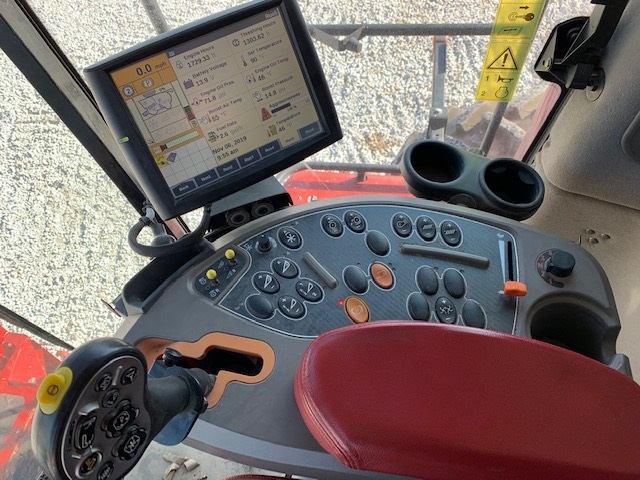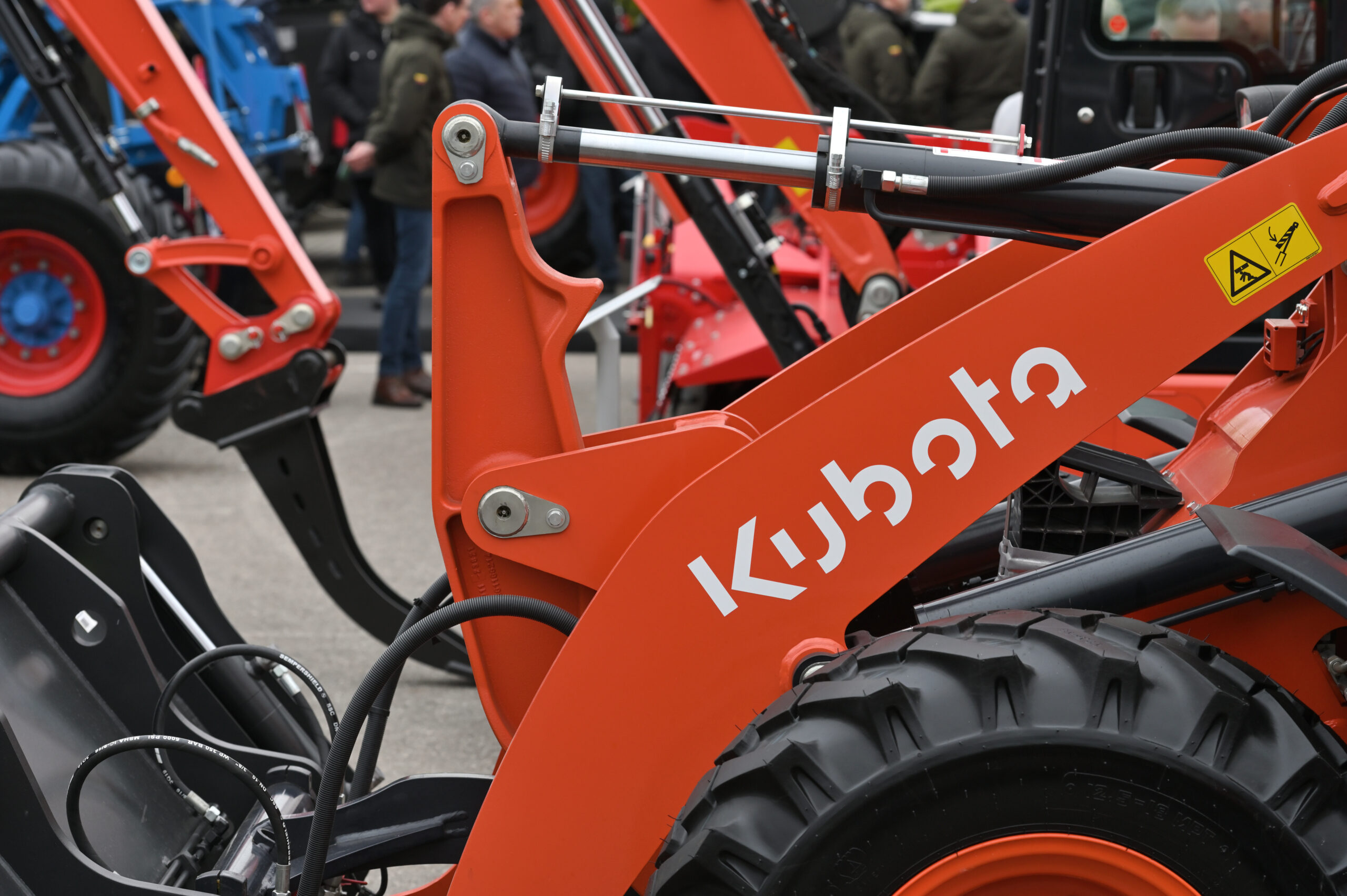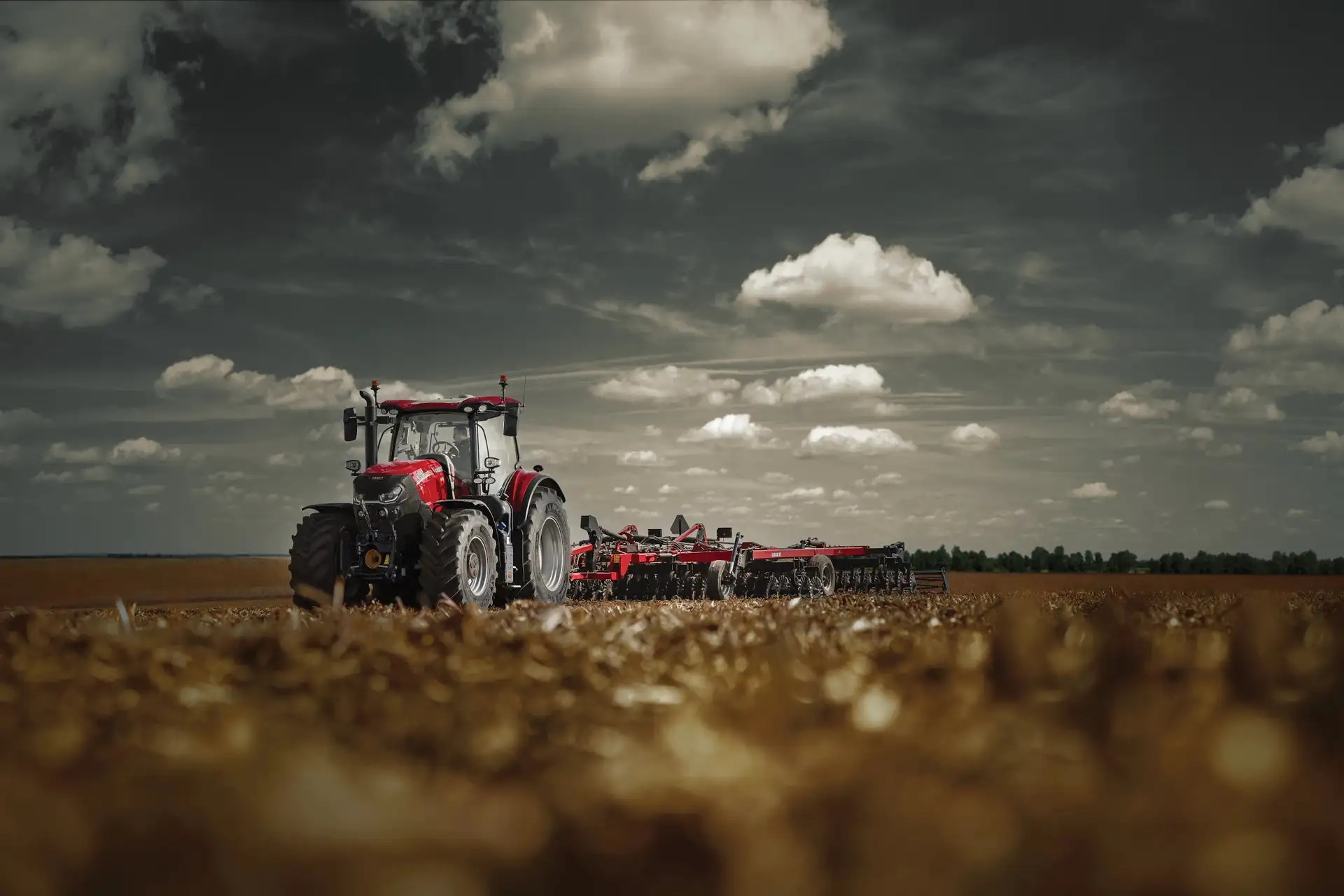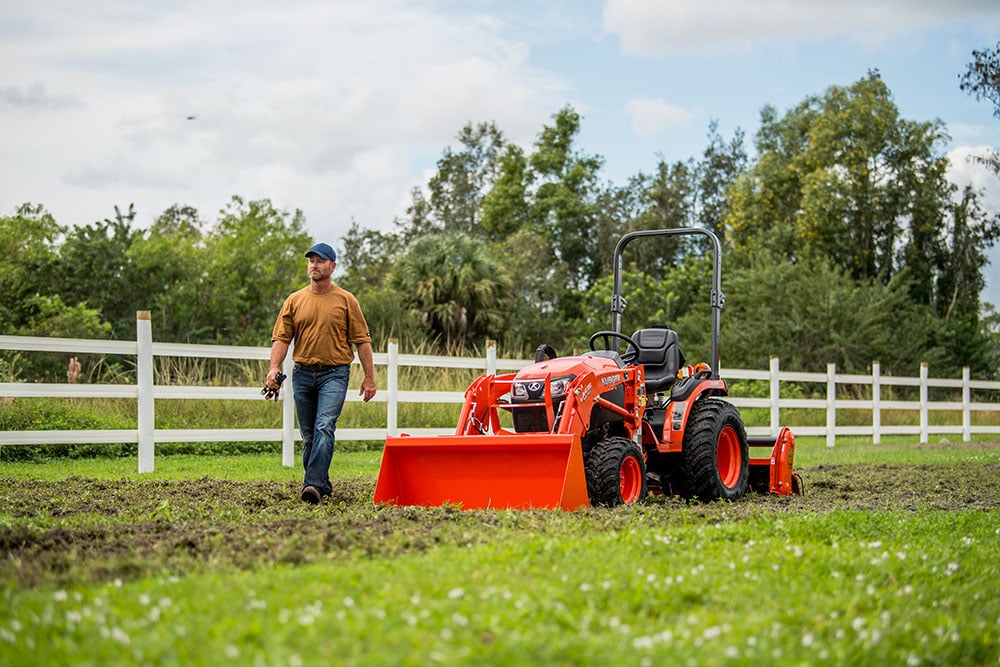Proper skid steer maintenance is the key to maximizing performance and minimizing unexpected breakdowns. By implementing an essential skid steer maintenance routine, operators ensure their equipment remains reliable and efficient on the job. Daily tasks like checking fluid levels, inspecting tires, and clearing debris from critical components can prevent minor issues from becoming major problems. Weekly and monthly inspections, including greasing pivot points and monitoring hydraulic hoses, help identify wear and tear early, reducing downtime and costly repairs. Prioritizing essential skid steer maintenance protects your investment and keeps your operations running smoothly.
Daily Maintenance Checks
Daily maintenance is critical to ensuring your skid steer operates smoothly between jobs. With a simple checklist, you can identify potential issues early and avoid unexpected breakdowns.
Check Fluid Levels
Fluids are the lifeblood of your skid steer. Failing to monitor fluid levels can lead to critical wear and tear or complete machine failure.
- Oil level: Check the engine oil daily before starting the machine. Low oil can cause serious damage to the engine.
- Coolant level: Avoid overheating issues by ensuring the coolant reservoir is adequately filled.
- Hydraulic fluid: Inspect hydraulic fluid levels to prevent erratic or weak performance of implements. Keep an eye out for signs of leaks around hoses and connections.
Inspect Tires and Tracks
The tires or tracks bear the weight of the skid steer, so it’s essential to ensure they’re always in the best condition.
- For tires, check the air pressure daily and look for signs of wear, punctures, or cuts. Misaligned or underinflated tires can reduce stability.
- For tracks, inspect for tears or deformations and ensure proper tension. Misaligned or loose tracks reduce efficiency and may even derail during operation.
Grease Key Components
Lubrication prevents unnecessary wear. Focus on high-friction areas such as pivot points, loader arms, and the bucket hinge pins. Lack of grease can cause components to seize, leading to costly repairs.
Use high-quality grease and apply it consistently, making note of any unusual noise or stiffness in the moving parts.
Weekly Maintenance Tasks 
Proper maintenance is essential to keep your skid steer in optimal working condition and avoid unexpected downtime. Aside from daily and weekly checks, be sure to inspect fluid levels, such as engine oil, hydraulic fluid, and coolant, ensuring they are maintained at the correct levels. Clean or replace air filters regularly to prevent dust and debris from affecting performance. Carefully examine tires or tracks for wear and tear, and ensure they are properly inflated or tensioned. By prioritizing essential skid steer maintenance, you can maximize productivity and extend the lifespan of your equipment.
Inspect and Clean the Air Filter
A clogged air filter reduces engine efficiency and may strain the engine, increasing fuel consumption.
- Check the air filter weekly and remove accumulated dust or debris. If the filter is excessively dirty, replace it to maintain optimal airflow into the engine.
- Some skid steers may include filter service indicators, making it easier to determine when a replacement is necessary.
Check the Battery
Your skid steer’s battery ensures smooth startups and operation.
- Inspect battery terminals for corrosion and ensure they’re connected tightly.
- Check the electrolyte level (for non-sealed batteries) and add distilled water if needed.
- Make sure the battery remains securely mounted to avoid vibrations, which can affect its lifespan.
Examine Belts and Hoses
Your skid steer relies on belts and hoses to function properly.
- Look for cracks, fraying, or signs of wear on belts, as these can snap unexpectedly.
- Inspect hydraulic and cooling system hoses for leaks or bulges that indicate imminent failure.
Monthly Maintenance Procedures
Monthly checks involve more in-depth attention to help you maintain the long-term performance of your skid steer.
Change Engine Oil and Filter
Fresh oil protects your engine by reducing friction and wear.
- Even if the daily oil level checks are consistent, dirt and particles can build up over time. Change the oil and oil filter every 100-250 hours of operation (or as recommended by your manufacturer).
- Always use manufacturer-approved oil and filters for optimal performance.
Inspect Hydraulic System for Leaks
Your skid steer’s hydraulic system powers everything from lifting to steering.
- Look for leaks around hydraulic pumps, cylinders, and hoses.
- A sudden drop in fluid levels or a reduction in implement performance often signifies a hydraulic issue.
Address small leaks promptly to prevent potential damage and ensure the system remains in optimal condition.
Check and Adjust Track Tension
Improperly adjusted tracks, whether too loose or too tight, can lead to excessive wear on both the tracks and sprockets, significantly shortening their lifespan.
- Refer to your operator’s manual for proper tension specifications and adjust accordingly.
- Improper track tension can lead to unstable operation or hinder your skid steer’s performance.
Long-Term Benefits of Consistent Maintenance
Regular maintenance may seem time-consuming, but it pays off in the long run. Here’s how staying consistent benefits you and your operation.
- Enhanced performance: Well-maintained skid steers run smoothly, requiring less effort from operators and reducing fuel consumption.
- Minimized downtime: Addressing small issues early prevents unscheduled repairs, saving valuable time.
- Extended lifespan: With proper care, your skid steer can last many years beyond its expected lifecycle, ensuring a better return on investment.
- Cost savings: Regular maintenance reduces the likelihood of major repairs and minimizes unexpected expenses.
Taking care of your skid steer shouldn’t feel like a chore. With a set routine and attention to detail, you’ll keep your machine in top condition, no matter how demanding the job.
Keep Your Skid Steer in Peak Condition
Don’t leave your skid steer’s performance to chance. Download our detailed checklist to streamline your routine and make maintenance a breeze. Plus, check out Crown Power for all your skid steer parts, filters, and service needs!
Click here to learn more or get in touch with our team of experts today.






